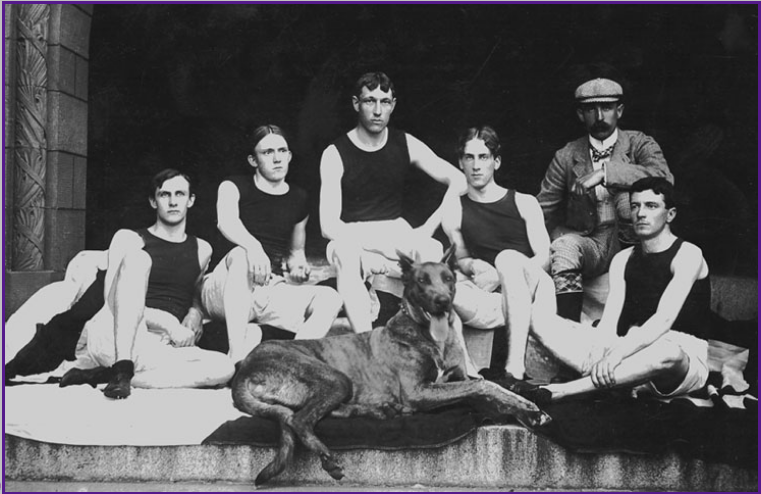When we were talking about Chernobyl last week, I thought that it was interesting how the disaster still effects many aspects of life in Europe, even more than 25 years later and hundreds of miles away. I was reading an article about an international conference on wild pig management (because they are a global ecological nightmare), and out of the blue there was a line about the thousands of radioactive wild boars that are invading Germany because of residual radiation from the explosion. I was surprised that Chernobyl would come up in such a specific topic, but I probably should not have, as the fact that it does further emphasizes the massive scale of the impact caused by the Chernobyl disaster.
Wild boars in Germany are a problem roughly equal in scale to the gross overpopulation of white-tailed deer in Pennsylvania, and now regularly show up in urban, populated areas. Due to global warming, the food they eat is now growing parts of Europe that had once been too far north, facilitating their spread. They are also a popular game animal, with hundreds of thousands of boars harvested by hunters every year (for both sport and population management purposes). However, a significant percentage of boars are radioactive to the point that they are unsafe to eat, and the German government has had to start a program to buy this meat from hunters, at costs of over half a million dollars. Boars susceptibility to high radioactiveness is also as a result of their diet – wild boars love truffles and mushrooms, which store radioactivity for exceptionally long periods of time. This is an example of Chernobyl making an already disastrous ecological problem even worse.
On an only semi-related note, if the spiders in the exclusion zone are also radioactive, and the wild boars get in the way, we might get a whole new problem (or in Russian, a целая новая проблема).
On an even less related note, Moldova is also having problems due to wild boar hunting, but for entirely different reasons.

